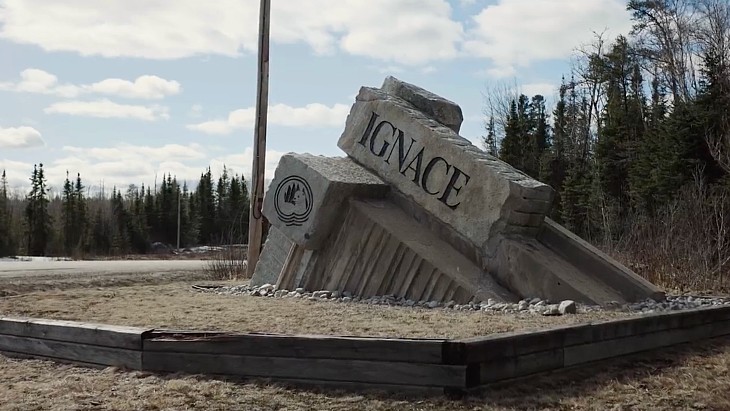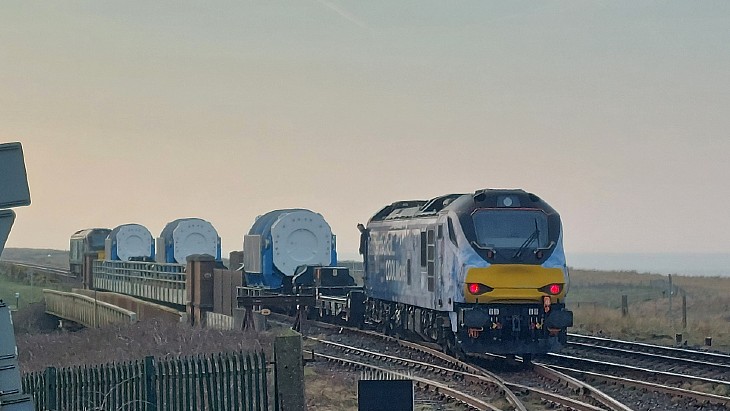UK grant for Deep Isolation corrosion-resistant canister
.jpg)
The funding comes from the Department for Energy Security and Net Zero's Energy Entrepreneurs Fund, and is intended to support the UK's 2050 net-zero target by "tackling a fundamental challenge to the success of small modular reactors (SMRs) ... the need for safe, secure, scalable and cost-effective spent nuclear fuel disposal solutions".
Berkeley, California-based Deep Isolation has developed a system using directional borehole disposal of nuclear waste, building on innovations in the drilling industry in recent decades which means "it is now inexpensive and routine to go down three quarters of a kilometre in depth and to have horizontal sections two, three or four kilometres in length".
Deep Isolation's solution for the management of used nuclear fuel and high-level radioactive waste involves emplacing it in corrosion-resistant canisters placed in deep horizontal drillholes. The technology uses existing directional drilling technology. The waste can be retrieved during a determined time frame or permanently secured. In 2019, Deep Isolation publicly demonstrated its concept when it successfully placed and then retrieved a prototype nuclear waste canister hundreds of metres underground via a borehole.
The UK project will include the manufacturing and testing of two prototype canisters tailored to UK requirements, and in doing so, help to establish a manufacturing supply chain.
"This canister provides an option for disposal in a deep borehole that brings greater flexibility and potential cost-savings for disposal of spent nuclear fuel and high-level waste," said Chris Parker, Global Head of Business Development and Managing Director of Deep Isolation EMEA.
He said that in the UK the deep borehole system would not replace the need for a traditional mined geological disposal facility but "it has the potential to reduce costs and save time for the UK's GDF programme because it can accept selected high heat-generating waste streams at much greater depth".
It would also "provide us with an ideal supply chain with which to service the growing international demand for deep borehole disposal", Parker added, saying each canister would dispose of used fuel that had enabled the generation of 132 million KWh of low carbon electricity, or "a saving of nearly 27,000 tonnes of CO2 per canister".
According to the Energy Entrepreneurs Fund grant award document, "high-quality disposal canisters represent a potential global market value of over GBP100 billion (USD121 billion) over the next 20-30 years. The current global inventory of waste suitable for disposal in the UK canister represents 1.1 million canisters; growth to 2035 (including reactors currently under construction or planned) represents a further requirement of 1.35 million canisters".
UK SMR company Rolls-Royce SMR's strategy director, Alan Woods, is also on the project board said the option of small, modular disposal of radioactive waste in deep boreholes "will be an important enabler of the international SMR markets and a great export opportunity for UK manufacturers".
Deep Isolation has more than a dozen contracts across three continents with projects including advanced reactor and SMR waste disposal, stand-alone borehole disposal of small existing nuclear waste inventories, and work alongside mined repository programmes to increase safety and reduce costs by moving certain waste streams into boreholes. You can hear more about Deep Isolation in a World Nuclear News podcast interview with CEO Elizabeth Muller, from September 2022 (Interview begins at 22 minutes, 40 seconds in):
_17992.jpg)
_75800.jpg)








_50521.jpg)

